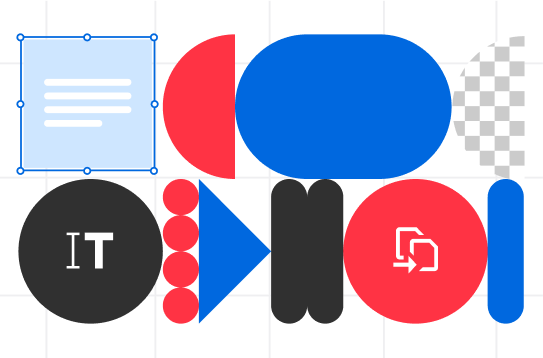
“PDF standards? You mean there’s more than one type of my favorite digital file format? Can you please explain?! PLEASE!!!”
We get this question all the time from PDF diehards, so we thought we’d fully breakdown all 6 of the main PDF standards. Plus we found two bonus portable document format standards to satiate your appetite.
Don’t get too excited. You’ve still got a blog to read.
NOTE: In all seriousness, if you choose the wrong PDF format for your document, you could run into serious issues securing, printing, or sharing your docs. And you definitely don’t want that. Read carefully and choose the right format.
Common PDF Standards
The granddaddy of them all. The king of digital file formats. This portable document format revolutionized digital communication decades ago. Without PDF, documents could only be viewed if you had the matching software with which they were created (kind of).
PDF changed all that. Instead of matching up document environs, PDF is basically an electronic “snapshot” that’s equivalent to a printed document. Except it’s digital and allows you to annotate, mark up, share, secure, and sign from anywhere at any time (If you have awesome software like Soda PDF, we mean).
Perfect For: PDF standard is perfect for all standard in-office documents and basic home use.
PDF/A
PDF/A (the “A” stands for archive) is used for, well, uhh, archiving information! If PDF were your gym locker, PDF/A would be a 1-year contract on a storage unit, except it’s clean and functions well (and doesn’t smell).
It has WAY stricter standards of use. For example, PDF/A is like your strict grandparents: it doesn’t allow any of that new “music” stuff and other types of content. PDF/A doesn’t allow audio or video files, but it does allow pictures provided they’re embedded.
Perfect For: Documents that need to be set in stone (archives, records, compliance).
Uncommon PDF Standards
PDF/E
The engineer substandard of PDF is meant for architects, structural engineers, and anyone else who deals with large multimedia images, form fields, and rights management in their daily lives.
Perfect For: Basically anything geospatial or construction-related.
PDF/X
PDF/X is the rock star of PDF subsets. Gracious, high-def, and artsier than its more “square” PDF cousins, PDF/X is best for graphic design professionals. It was developed to meet the needs of the printing and publishing industry. Differences between standard PDF and PDF/X include embedded fonts and stricter image requirements.
Perfect For: Anything that needs to be print-ready and look nice.
PDF/UA
PDF/Universal Access is part of the world’s drive to make society more inclusive. This format allows people with certain disabilities the same access to PDFs that anyone else has. Standard PDFs are not compatible with assistive technology (e.g. Braille displays). With PDF/UA anyone can access PDF whether they use navigational aid, reading software, or other accessibility tools.
PDF/VT
The variable printing format of PDF is a special flavor most similar in taste to PDF/X. This is specifically used when aspects of the print are different for each recipient.
Perfect For: Invoices, direct mail, statements.
Bonus PDF Standards
What? You thought we were going to end the party already? This is about to get crazy!
PAdES
This format from “across the pond” was designed to authenticate the identity of the signee in electronic signature within the European Union. Basically, it helps integrate electronic signatures (like our awesome eSign function) and validate the authenticity of a PDF.
PDF Healthcare
It’s not a recognized “standard” of PDF, but PDF Healthcare is vital in the healthcare industry. It’s designed to facilitate the capture, exchange, preservation and protection of healthcare information. It is the most secure way to store and transmit sensitive medical data.
Perfect For: Clinical notes, lab reports, x-rays, ECGs, XML data, or anything else health related!
Wow, we can hardly contain our excitement. Can you imagine? All 8 PDF standards broken down in one place!!! WOW.
PDF standards are important to every industry, including healthcare, construction, graphic design, engineering, and archiving. They help make society a better place for everyone to live!
And to think, you can work with all of them right within Soda PDF. Have at it!



